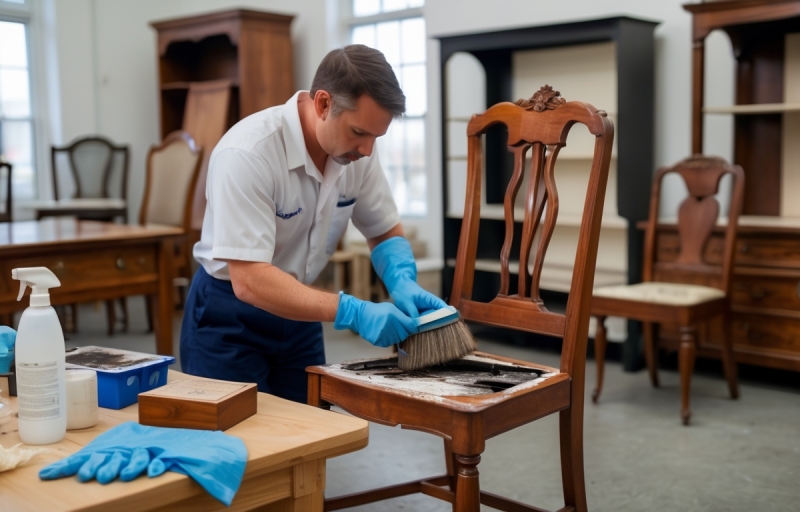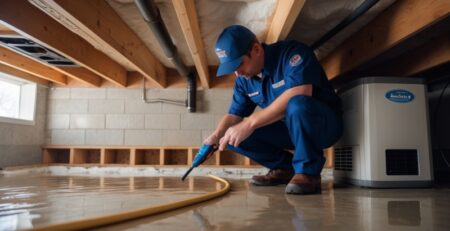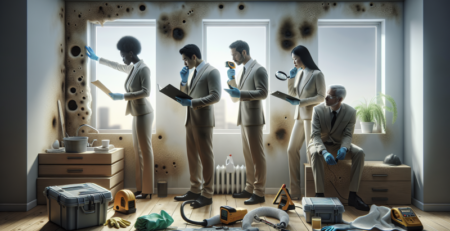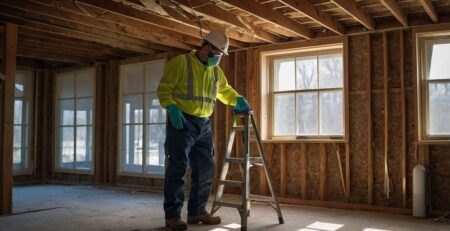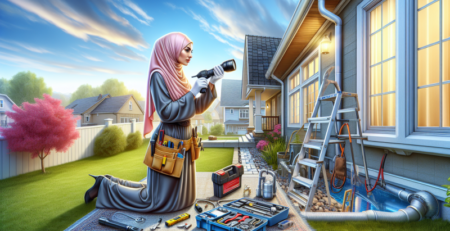Fire Damage: How to Clean and Restore Furniture
A house fire is one of the most devastating events a homeowner can experience. Beyond the structural damage, the emotional toll of losing personal belongings — especially furniture with sentimental or financial value — can be immense. Fortunately, not everything is always lost. Many pieces of fire-damaged furniture can be cleaned, restored, and reused with the right approach.
At Kraus Restoration, we specialize in fire damage restoration, helping families in New Jersey bring life back to what once seemed unsalvageable. This guide will walk you through how to assess fire-damaged furniture, what you can clean yourself, and when it’s time to call professionals.
What Happens to Furniture During a Fire?
Fire affects furniture in different ways depending on the material, location, and exposure:
- Wood furniture may suffer burns, charring, smoke stains, or warped joints due to heat.
- Upholstered items absorb smoke and soot, which can linger long after the fire.
- Metal components may discolor or warp, especially under extreme heat.
- Plastic elements often melt, releasing toxic odors or residue.
- Water damage from firefighting efforts can further weaken or swell furniture frames and padding.
Before restoration begins, it’s important to assess each item’s condition carefully.
Can Fire-Damaged Furniture Be Saved?
Yes — in many cases, fire-affected furniture can be salvaged. The deciding factors include:
- Severity of damage (surface soot vs. deep charring)
- Material type (solid wood restores better than particle board)
- Exposure time to flames, heat, or water
- Smoke saturation level and how deeply it penetrated cushions or fabric
While upholstered or laminated items may be harder to recover, solid hardwood furniture often holds up better and is worth restoring.
Steps to Clean and Restore Fire-Damaged Furniture
1. Safety First: Assess Before You Touch
Wait until a professional has deemed the area safe and dry. Always wear gloves, a mask, and eye protection when handling furniture affected by smoke or fire. Some residue can be hazardous to breathe or touch.
2. Remove Loose Soot with a Vacuum
Use a HEPA vacuum to gently lift surface soot from wood or upholstery. Do not rub — this can drive particles deeper into the material. Work slowly and carefully.
3. Clean with a Dry Chemical Sponge
Special sponges made for fire damage can lift soot without spreading it. Avoid wet cleaners at this stage — water can smear soot and make stains worse.
4. Deodorize and Deep Clean Upholstery
Use baking soda or a specialized smoke odor neutralizer. For cushions, fabrics, and padding, consider hiring a professional upholstery cleaner with ozone or thermal fogging equipment.
5. Disinfect and Deodorize Wood Surfaces
Clean wood with a mix of vinegar and warm water or use a commercial smoke-cleaning solution. Lightly sand affected areas and refinish if necessary. Be sure to treat hidden crevices where odors may linger.
6. Repair or Refinish Damaged Areas
If wood is stained or blistered from heat, it may need sanding, re-staining, or replacement of panels. For minor burns, surface restoration may be enough. Major structural damage, however, often requires professional woodworking expertise.
When to Hire Professionals
Some restoration work should never be DIY — particularly when furniture has:
- Deep charring or visible burn-through
- Waterlogged internal components
- Heavy smoke odor that persists after multiple cleanings
- Mold growth due to water exposure
Our team at Kraus Restoration offers full-service fire damage cleanup, including furniture assessment, content restoration, and smoke odor removal.
Don’t Forget: Prevention Saves More Than Cleanup
While it’s possible to restore furniture after a fire, the best approach is prevention.
- Install and regularly check smoke detectors.
- Avoid leaving stoves, candles, or heaters unattended.
- Keep furniture away from heat sources or frayed electrical cords.
With proper fire hazard prevention, such losses can often be avoided.
Explore more tips on fire safety and restoration in our blog.
Final Thoughts
Fire-damaged furniture isn’t always a total loss. With the right tools, techniques, and expertise, many pieces can be brought back to life — saving both money and memories.
Whether you’re cleaning up smoke residue, replacing scorched finishes, or dealing with severe burns, you don’t have to go through it alone. Contact Kraus Restoration today for fast, expert help with furniture and home restoration after fire damage.
